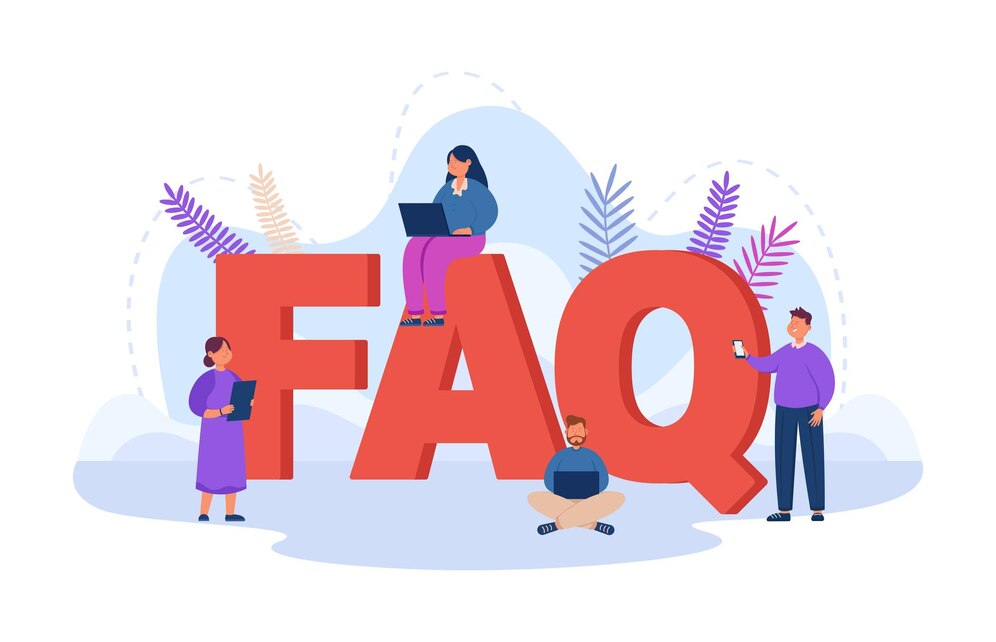Table of contents
In today’s increasingly connected world, access to the internet and modern technology is essential for everything from education and employment to healthcare and social interaction. Yet millions of people worldwide remain disconnected. This growing gap is known as the Digital Divide—the disparity between individuals who have access to information and communication technologies (ICT) and those who do not.
This post dives into the roots of the Digital Divide, explores its social and economic implications, and offers actionable solutions to bridge this technological gap for a more inclusive future.
Understanding the Digital Divide
The Digital Divide is not simply a matter of who owns a smartphone or has internet access—it encompasses a much broader spectrum of issues:
- Access to Devices: Computers, tablets, and smartphones are often expensive and unavailable to marginalized communities.
- Internet Connectivity: Reliable and high-speed internet is still a luxury in many rural and low-income areas.
- Digital Literacy: Even with access, many lack the skills to use digital tools effectively.
- Cultural and Language Barriers: Digital content often excludes non-English speakers or lacks culturally relevant material.
The divide exists globally, but also within countries, between urban and rural communities, wealthy and poor households, young and elderly populations, and more.
Causes and Contributing Factors
Several factors contribute to the Digital Divide, including:
1. Economic Inequality
Low-income households are less likely to afford devices or pay for internet services.
2. Geographic Location
Remote or rural areas may not have the infrastructure for broadband or mobile networks.
3. Education Level
A lack of formal education often correlates with lower digital literacy and comfort with technology.
4. Age and Disability
Elderly individuals and people with disabilities may face unique barriers in accessing or using digital technologies.
The Real-World Impacts of the Digital Divide
The Digital Divide isn’t just a technological issue—it has serious social and economic implications.
Education
During the COVID-19 pandemic, millions of students without access to devices or internet were left behind in remote learning.
Employment
Job applications, career development, and remote work are now primarily online—leaving many without access or digital skills at a disadvantage.
Healthcare
Telehealth is becoming more common, yet many can’t take advantage due to connectivity issues or lack of devices.
Civic Participation
Government services, voting information, and public announcements are often distributed digitally, excluding those without internet access.
Strategies to Bridge the Digital Divide
Bridging the Digital Divide requires coordinated efforts from governments, businesses, educators, and communities. Here are some key strategies:
1. Affordable Internet Initiatives
Public-private partnerships can make broadband more affordable and accessible, especially in underserved areas.
2. Digital Literacy Programs
Offering free community workshops or integrating digital skills into school curricula can empower individuals to engage with technology.
3. Device Donation and Subsidy Programs
Government and nonprofit programs can help supply families, schools, and organizations with computers, tablets, and smartphones.
4. Investment in Rural Infrastructure
Expanding fiber optic networks, cellular towers, and satellite-based internet can close geographic access gaps.
5. Accessible Design
Technology must be built with accessibility in mind, including screen readers, voice input, and multilingual content.
The Role of Policy and Collaboration
Bridging the Digital Divide is not solely a technological challenge—it is a policy and equity issue. Governments must prioritize digital access as a fundamental right and invest in sustainable infrastructure.
Collaboration between tech companies, nonprofits, educators, and policymakers is crucial. Initiatives like the Affordable Connectivity Program (ACP) in the U.S. or global efforts by UNESCO and the ITU are examples of large-scale responses to this urgent issue.
5 FAQs About the Digital Divide

The Digital Divide refers to the gap between individuals and communities who have access to modern information and communication technology and those who do not.
Rural populations, low-income families, elderly individuals, and people with disabilities are among the most affected groups.
Students without reliable internet or devices fall behind in remote learning, limiting their educational opportunities and future prospects.
Economic inequality, lack of infrastructure, limited digital literacy, and policy gaps are the primary causes.
Through affordable internet programs, digital literacy training, device donations, and inclusive public policies that ensure equitable access for all.
Conclusion
The Digital Divide is a significant challenge that reinforces existing inequalities across society. As technology continues to advance, it is critical to ensure that no one is left behind. By investing in infrastructure, education, and inclusive design, we can empower individuals and communities to thrive in the digital age.
Access to technology should be a right—not a privilege. Addressing the Digital Divide is essential for a fair, connected, and innovative future.





